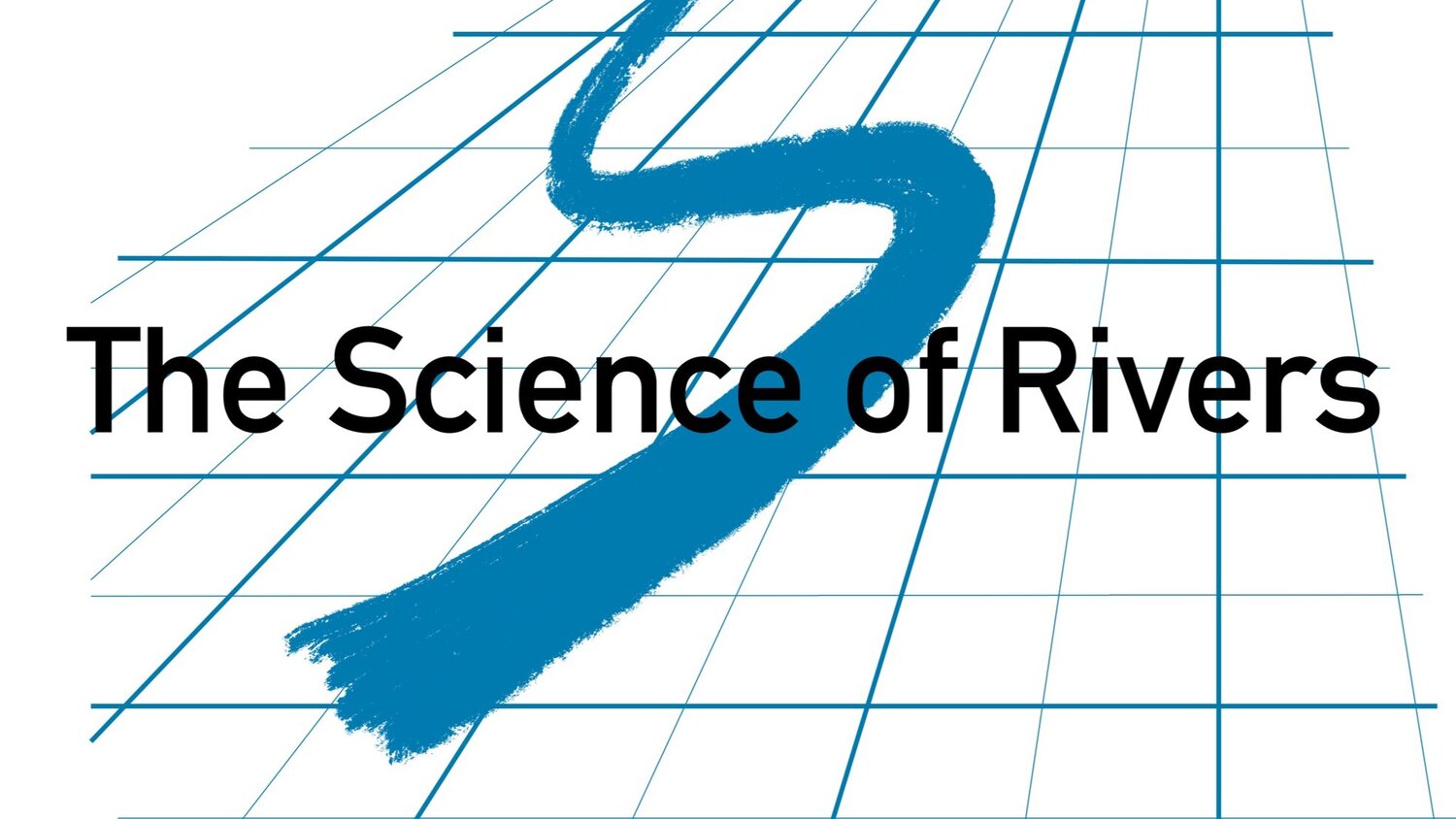Tips for Good Outdoor Lighting
How to be safer and more secure without spoiling the night sky.
“At night we were stained by dew, and shamed into pettiness by the innumerable silences of stars.” - T. E. Lawrence, Seven Pillars of Wisdom
Light pollution is a growing problem in our neighborhoods. Chronic exposure to light, especially bluish light, during the night, disrupts our body’s natural biological rhythms, leading to increased risk of obesity, depression, sleep disorders, diabetes, breast cancer and prostate cancer. Lights that uselessly shine upward into the sky harm wildlife by disrupting bird and insect migration, and the resulting sky glow disrupts mating frogs and lures newborn sea turtles to their death. Lights that are too bright or create glare make us less safe by reducing our ability to see potential dangers at night. Aging eyes are especially affected. Equally troubling, light pollution robs us and our children of the experience of seeing the beautiful stars.
New energy-efficient LED (Light Emitting Diode) light bulbs are contributing to the problem due to the myth that “brighter is better.” Since these LEDs use so little energy, people tend to install bulbs that are needlessly bright. But, in fact, safety and security both improve when glare and excessive light are reduced. Nearly everyone has heard of the proverbial “deer in the headlights,” run over because it was blinded by glare and paralyzed, unable to see where to move. Safety improves when the light is directed onto the ground, where it is needed, rather than into our eyes, creating glare.
There are some simple, inexpensive ways to reduce light pollution around our homes. Good outdoor lighting shines only when and where needed, is nor excessively bright, is shielded from our eyes and from the sky, and is of a soft, less-blue color, that is, a lower “color temperature.”
Light intensity is measured in units called “lumens.” A 40-watt equivalent LED bulb, which actually only uses about 5 watts, has an intensity of about 350 lumens. This is abour right for most outdoor light fixtures. Resist the temptation to put 60-watt equivalent bulbs in outdoor light fixtures. At an intensity of 600 - 800 or more lumens, these bulbs are too bright, causing problems of glare and excessive contrast.
Color temperature is a measure of the relative amounts of blue versus yellow and red light, and is measured in units of temperature on the Kelvin scale. Light that is lower in color temperature, below 3000 K, is softer and easier on the eyes. High color temperatures, such as the 5000 K often found in “daylight” style light bulbs, is harsh to the eye, more prone to creating glare and excessive contrast.
Proper shielding of outdoor light sources is also important. Modern fixtures are available that direct the light onto the ground, where needed, rather than sideways, into our eyes. We can also make simple shields to add to existing fixtures.
The take-home message is simple. The beauty of the stars and the night sky is something that humans have shared since time immemorial. With some simple actions and foresight, we can assure that this gift is passed on to the next generation.
Photo of Toronto before and during a blackout. Photo Courtesy of Todd Carlson. Source: Inside Science, https://www.insidescience.org/news/light-or-not-light-our-skies
Learning about light pollution and how to reduce it is as important as learning about river science. So, I have decided to post this presentation here. Contact The Science of Rivers directly to obtain a copy of the original Powerpoint version if you would like to show this in a group setting.
For more information and resources on the problem of light pollution, how to speak to people about it and how to take action, visit the website of the International Dark-Sky Association: https://www.darksky.org/











